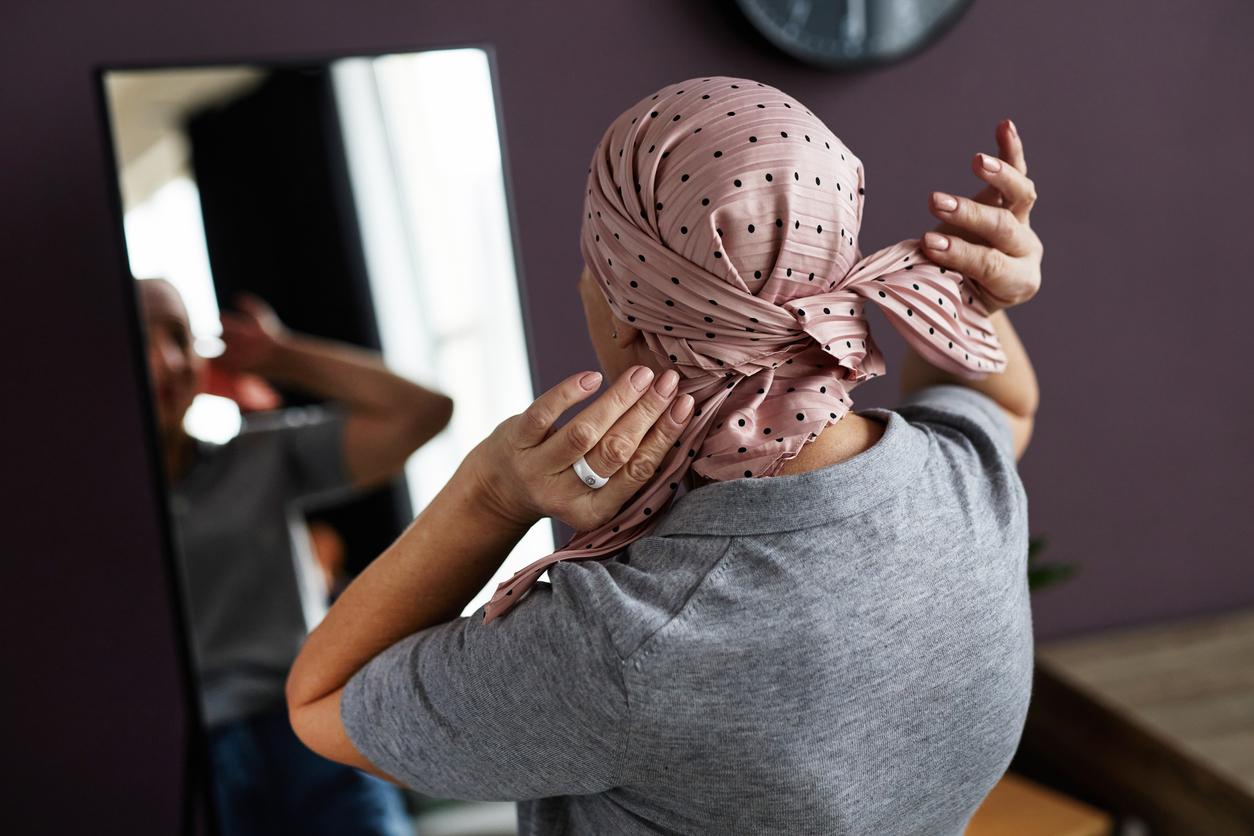Each year, a third of the 50,000 new cases of breast cancer are detected through organized screening. Yet a third of women do not get tested regularly.

Breast cancer is the first cancer in women. It is also the leading cause of female mortality with 11,300 deaths each year. French women are well aware of the risks of this cancer and of prevention techniques. However, the National Cancer Institute (INCa) estimates that a third of them are not screened regularly. The “Pink October” campaign wants to make women aware of the importance of regular screening.
Regular screening, lives saved
50,000 new cases of breast cancer are detected each year in France. According to an INCa survey, 91% of women have performed at least one screening. Half of them have done this individually. Screened every two years, it detects cancer at an early stage. The treatments are therefore less invasive and less mutilating for the women affected. A significant benefit, since it is estimated that a cancer detected early is cured in 9 out of 10 cases.
A study published in early September in the journal Cancer also showed that most breast cancer deaths occurred in young women who had never had mammograms. As for women over 75 who delay getting tested, they are also exposed to higher mortality.
The benefits of organized screening
Since 2009, 53% of French women aged 50 to 74 at all income levels have benefited from it. This is not enough in the eyes of INCa, which targets 70%. Organized screening has many advantages over individual screening, with which it has coexisted for 9 years. It is fully covered by the Health Insurance and does not require any advance. Access to screening is thus opened up to the most disadvantaged people. By reaching a wide range of the affected population, organized screening reduces health inequalities. General practitioners, medical structures and associations guide and support destitute or isolated women to the closest radiologists.
16,000 cancers were detected last year as part of organized screening. INCa estimates that it makes it possible to identify 90% of cancers before symptoms appear. This efficiency is explained by the regularity of examinations every two years. Early detection reduces mortality from breast cancer. In 2012, it fell from 15 to 21%, or 150 to 300 deaths avoided per 100,000 women screened. Organized screening presupposes a systematic second reading of the images. Of all the cancers detected, this specificity of organized screening revealed 6 to 7%. It also reduces the risk of over-diagnosis to less than 20%.
Participating in organized screening is all the more important as it is regular. Thus, 17% of cancers were detected between two screenings. Participation also provides reliable data on preventive examinations and treatments. Thanks to the results collected by INCa, preventive and curative practices are improving every year.
.

















